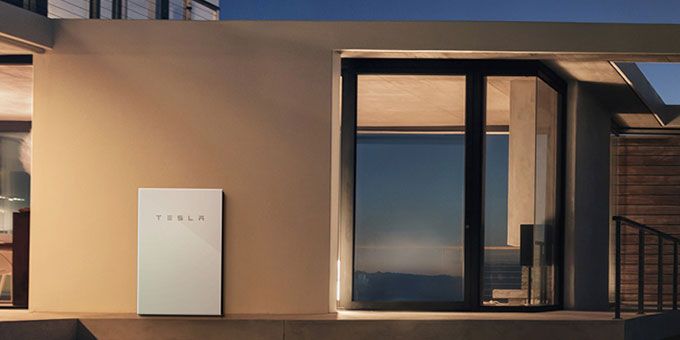It is clear that solar power is a real contender for a reliable and affordable energy source if the issue of storage is overcome. Some of these solutions go a long way to showing that smart houses and bio-powered vehicles running on solar energy may become a reality.
 Solar Storage: Can Innovations Make Solar Accepted?
Solar Storage: Can Innovations Make Solar Accepted?

Giles Kirkland
As the scarcity and cost of traditional fossil fuels increase, so too does the interest in finding sustainable, affordable and reliable alternative energy sources.
This has led to widespread commercial and governmental investment in renewable technologies such as solar, wind and hydro energy. However, a key issue in many of these methods are the inconsistencies found in how much and when that energy in produced. Meaning fossil fuels are required as an energy ‘back up’ during periods of low production.
It has been clear for some time that efficient and affordable energy storage would remedy this problem. This is especially true of solar power where surplus energy from throughout the day could be stored and accessed during the evening.
Arguably most current technologies are not up to the job. There are, however, some innovative solutions that might be set to change this.
Li-ion Solutions
Many businesses have already pushed out answers to this challenge in a hope to get early adopters on board and make solar a competitive solution to energy requirements.
For the most part, these solutions have been created for domestic application. For example, the use of in-home batteries connected to personal solar panels. These batteries collect energy throughout the day and can then be used during evenings to run household appliances, lighting, heating etc.
One of the main competitors in this space is Tesla with their Powerwall product. These products outweigh much of the competition due to their large 13.5 kWh capacity, meaning that most houses can easily run throughout the evening without reliance on grid electricity.
However, Tesla’s and other Li-ion batteries come with two major issues. Firstly, current battery storage of this sort works well over a short period of time, but lose storage capacity over time equating to roughly 20% after 1000 charge cycles. It can also lose charge if stored over a long period of time. For example, if energy needs storing between seasons up to 20% of charge can be lost in a year.
Secondly, Li-ion batteries contain material such as cobalt which are not only becoming more scarce and expensive but are ethically and environmentally negative.
Heat Storage Solutions
Silicone
Another promising alternative solution is the use of silicone in energy storage.
This method relies on melting containers full of silicone at 2577°F and using that heat to generate power throughout time. This is such a popular solution as it relies on an abundant material which is highly efficient – 1 ton of silicon can store enough energy to power 28 houses for a day.
This technology also has wider application than Li-ion batteries. Leading businesses are targeting industry with storage of 10 MWh of energy and full scale solar, wind and gas fired energy producers with 200 MWh devices. This means storage would be applied across areas rather than relying on individual homes.
Salt
Similar in many ways to silicone energy storage, molten salt is already being used alongside solar farms as a way to access energy when solar power generation is low.
It works by pumping molten salt through specialised pipes to the heat exchange during the day and then storing that liquid during the evening. The hot liquid is stored at 1050⁰F and can be used both for heat storage and thermal energy transfer depending on the needs.
When required, the molten salt is pumped back to the heat exchanger and used to create steam to power a traditional steam turbine, therefore creating energy.
Very little heat is wasted during the process, with an estimates less than 1⁰F lost per day.
Compressed Air Energy Storage
Compressed air storage is no new solution. In fact, the first plant using compressed air for energy storage was built in Huntorf, Germany in 1978.
This solution has a number of issues that made it less than ideal, with additional heat and a large amount of space required for storage. However, more recent innovations have seen scientists studying the use of ‘deep ocean bags’. The underwater pressure allows for predictable pressure on the bags, creating a steady release of energy over time.
It is clear that solar power is a real contender for a reliable and affordable energy source if the issue of storage is overcome. Some of the above mentioned solutions go a long way to showing that smart houses and bio-powered vehicles running on solar energy may become a reality soon.
The content & opinions in this article are the author’s and do not necessarily represent the views of AltEnergyMag
Comments (1)
Featured Product

